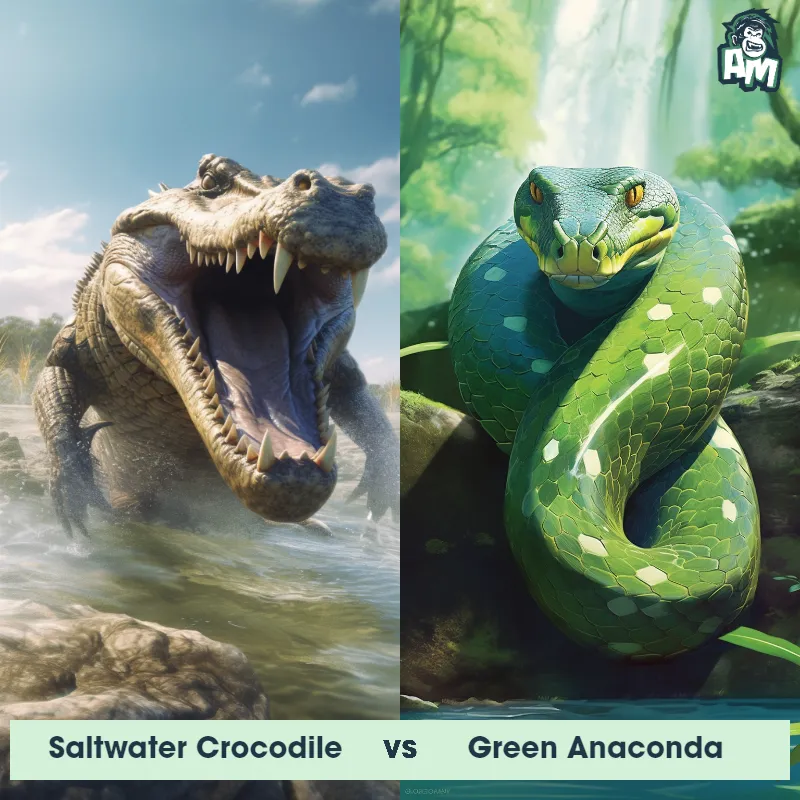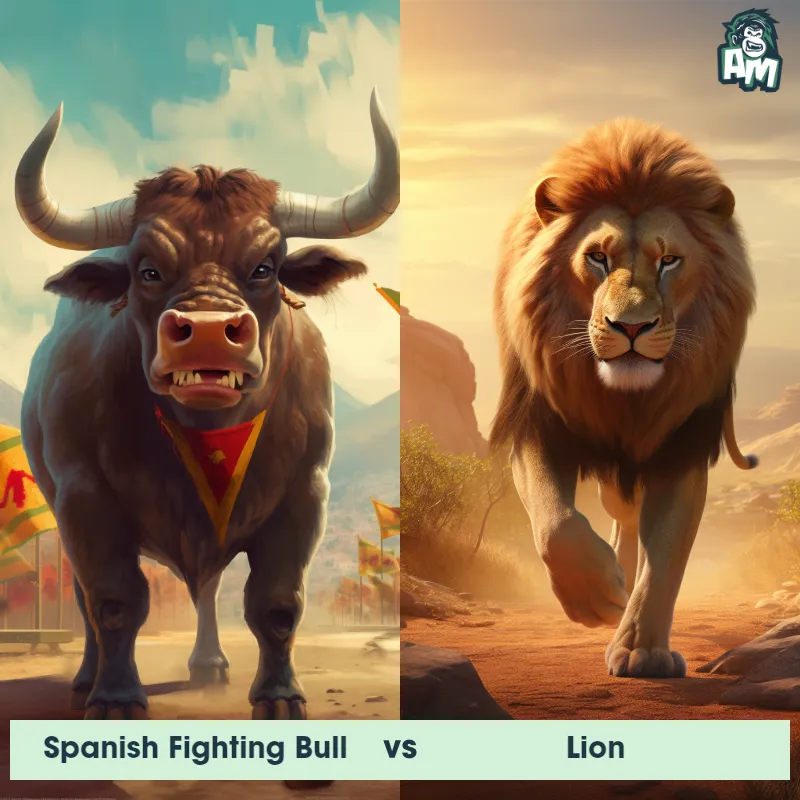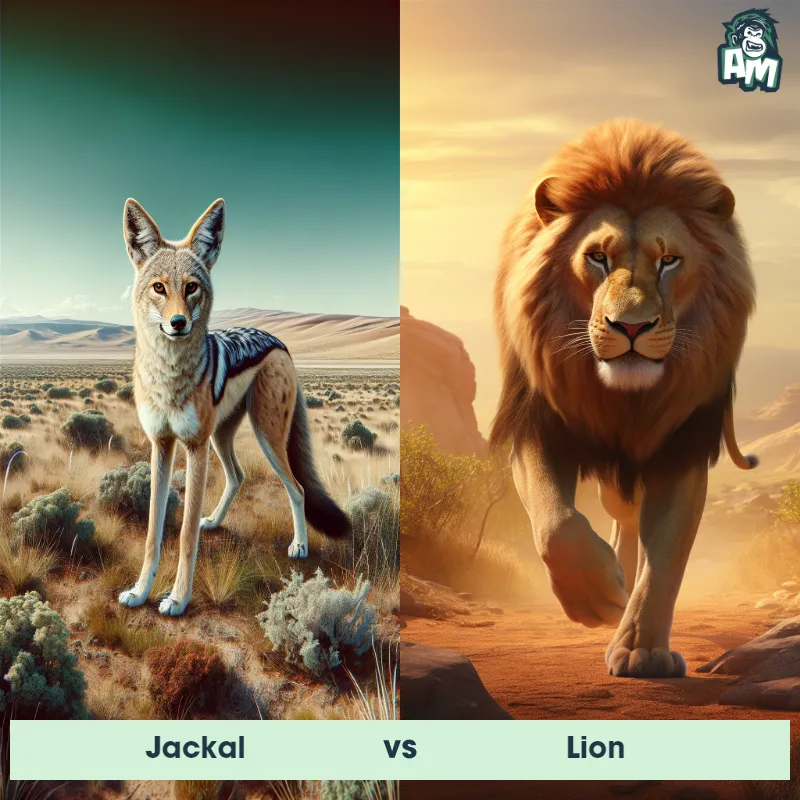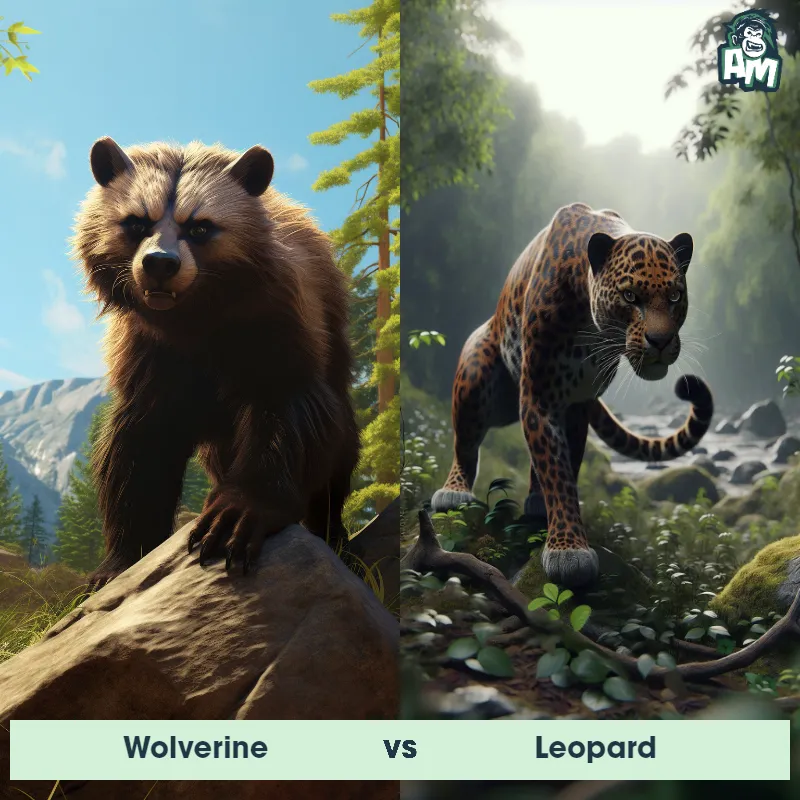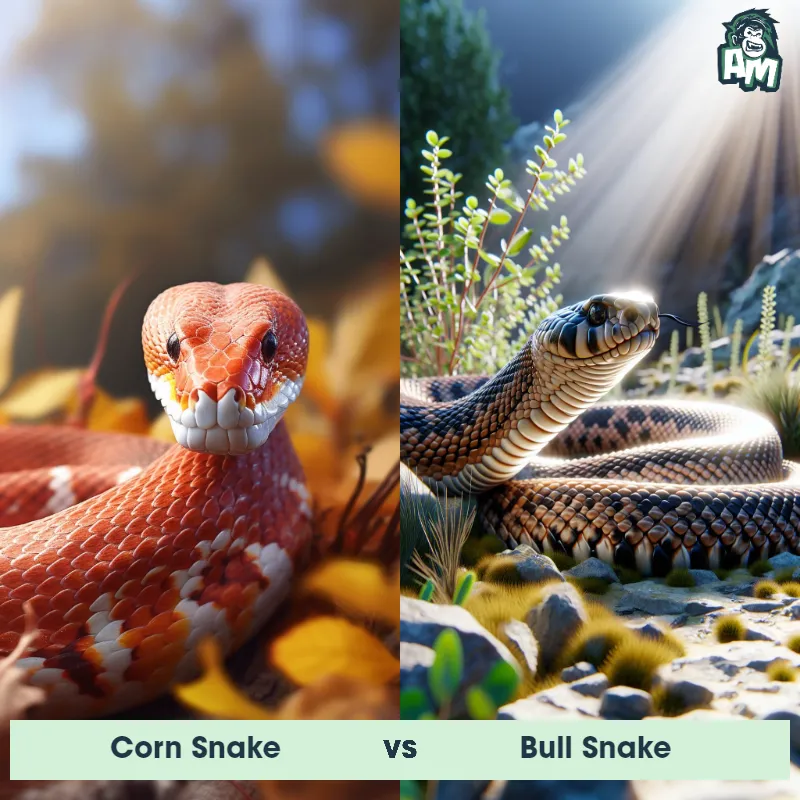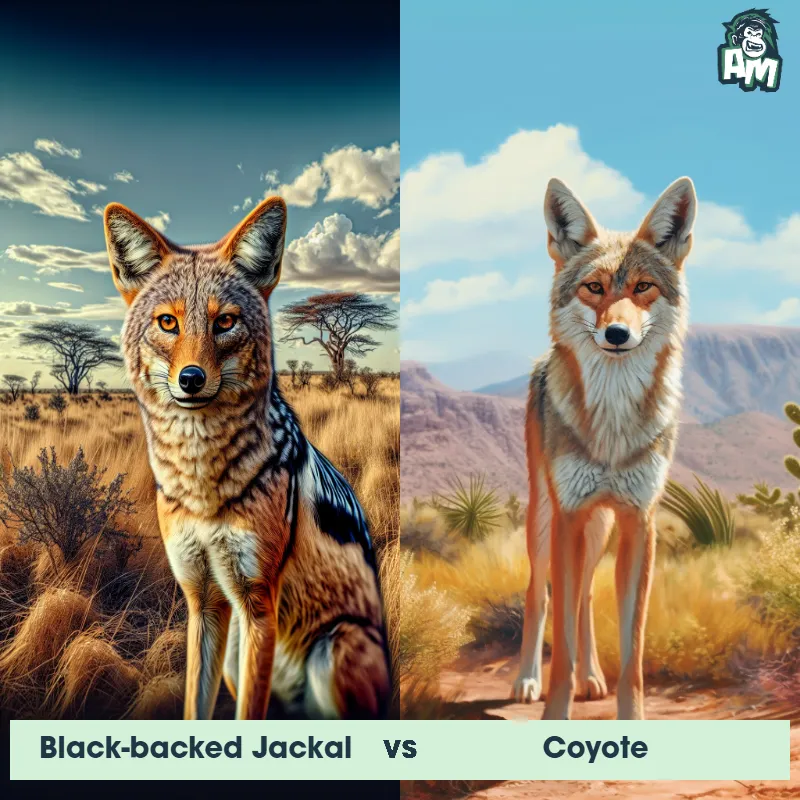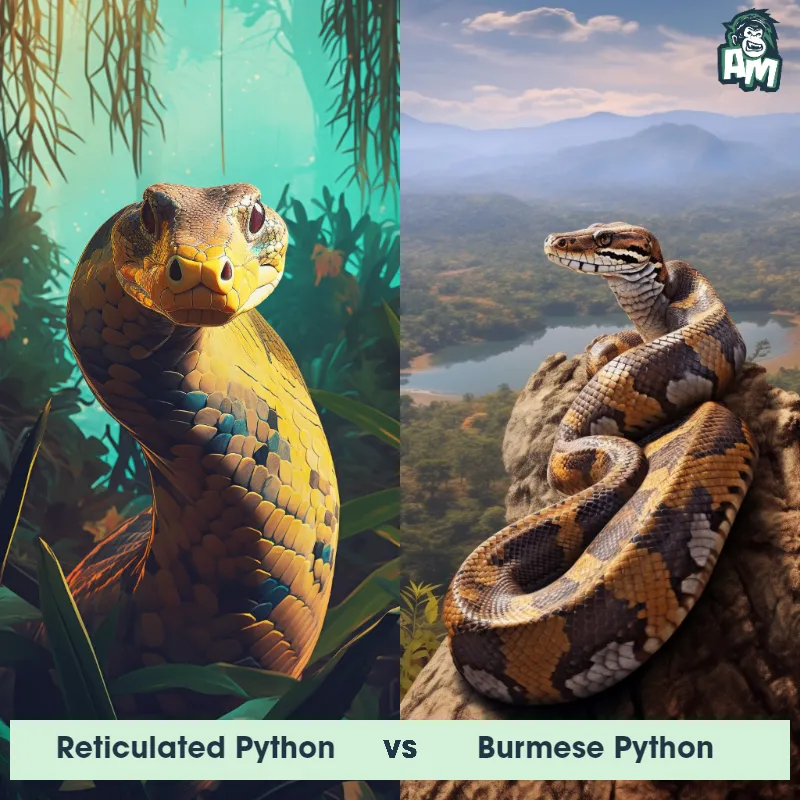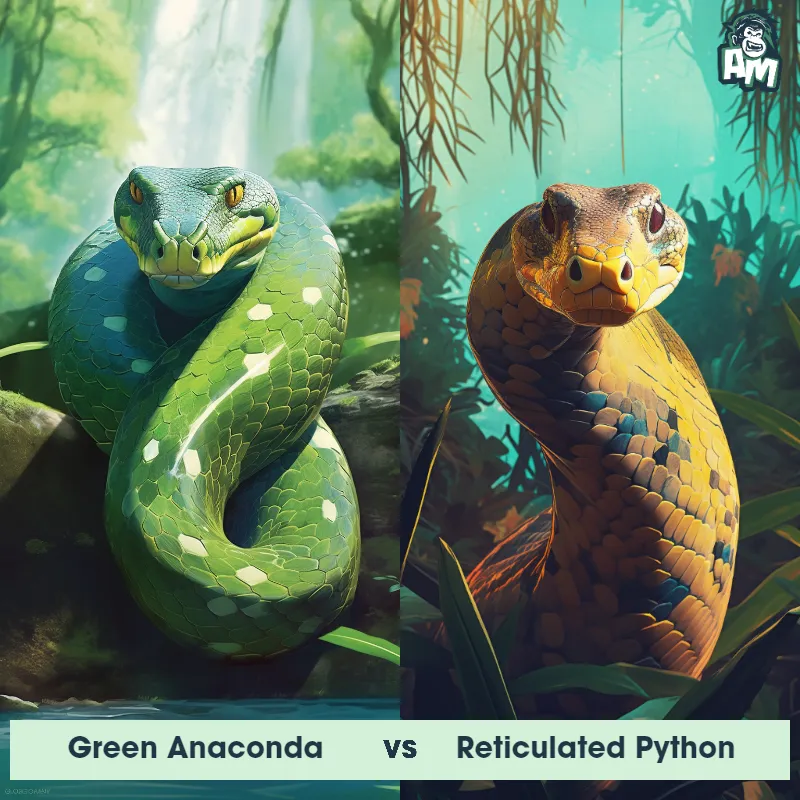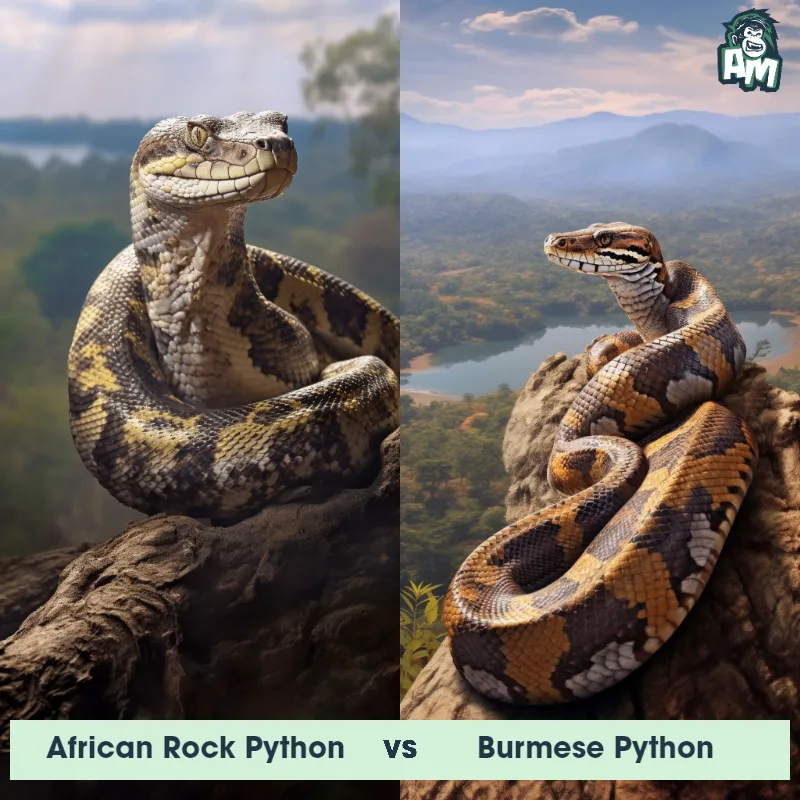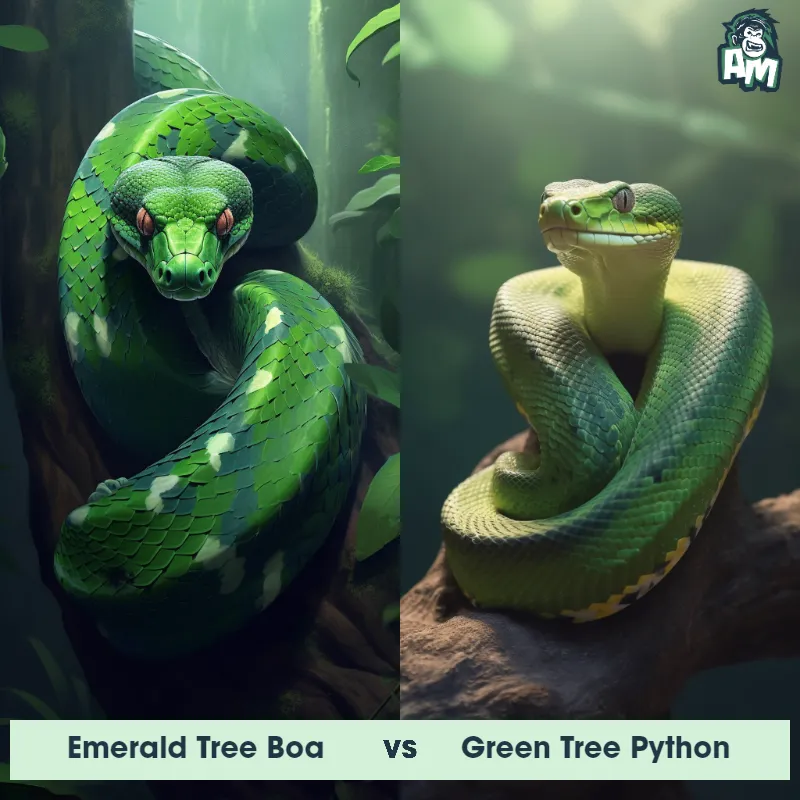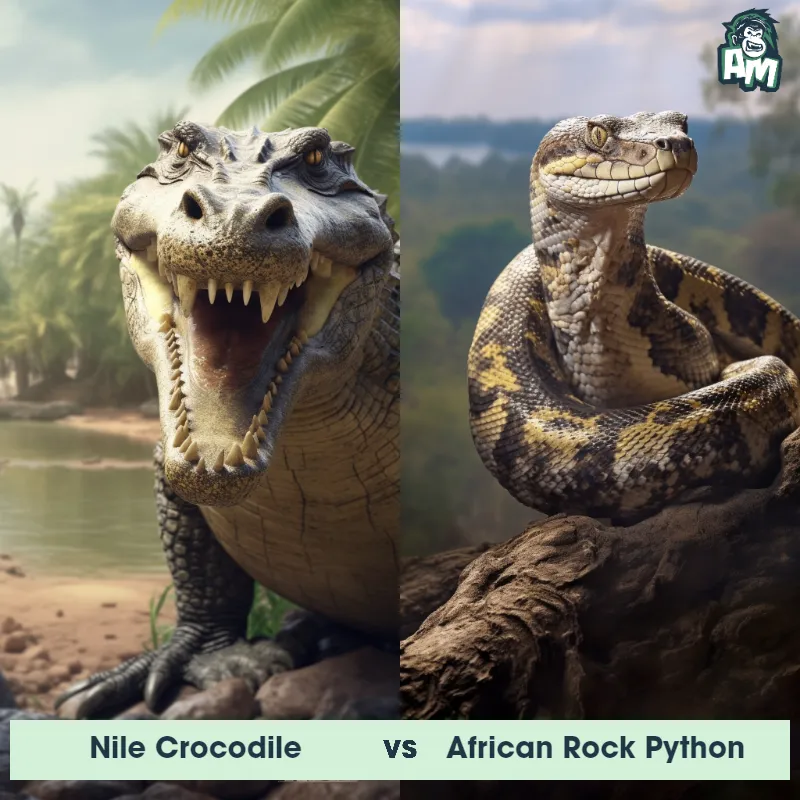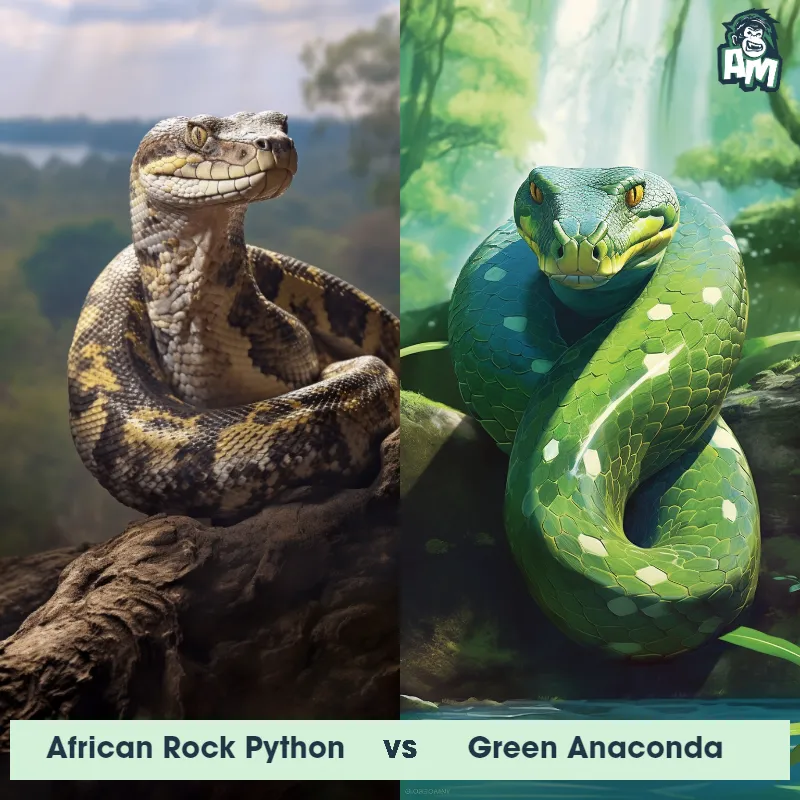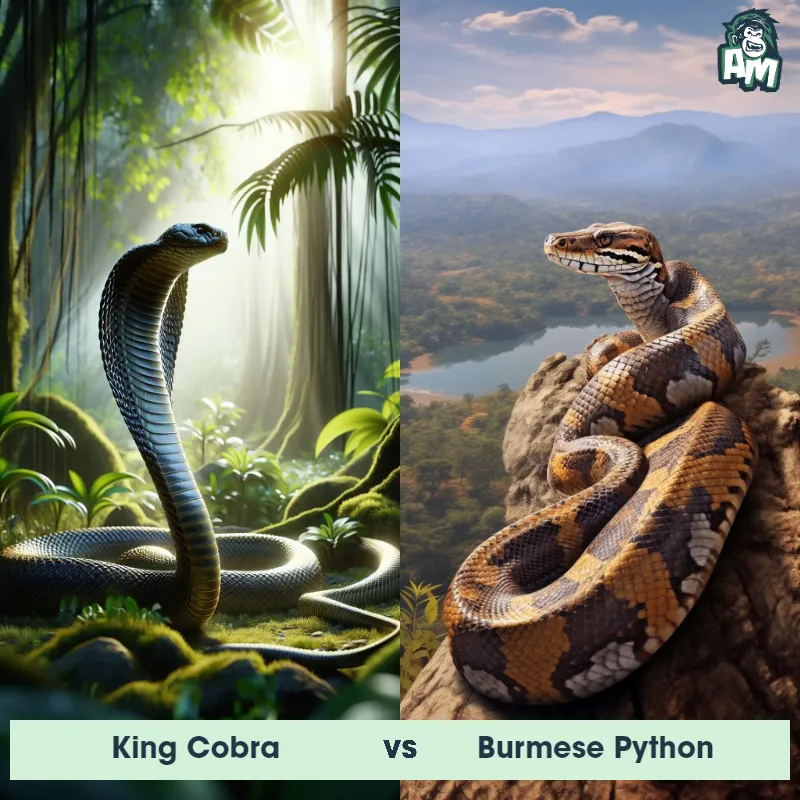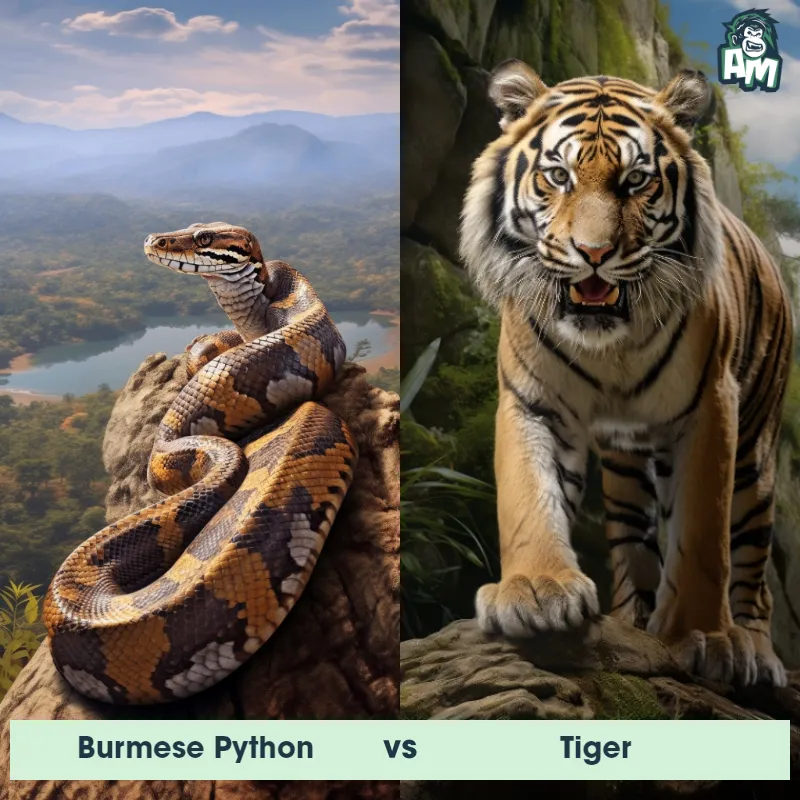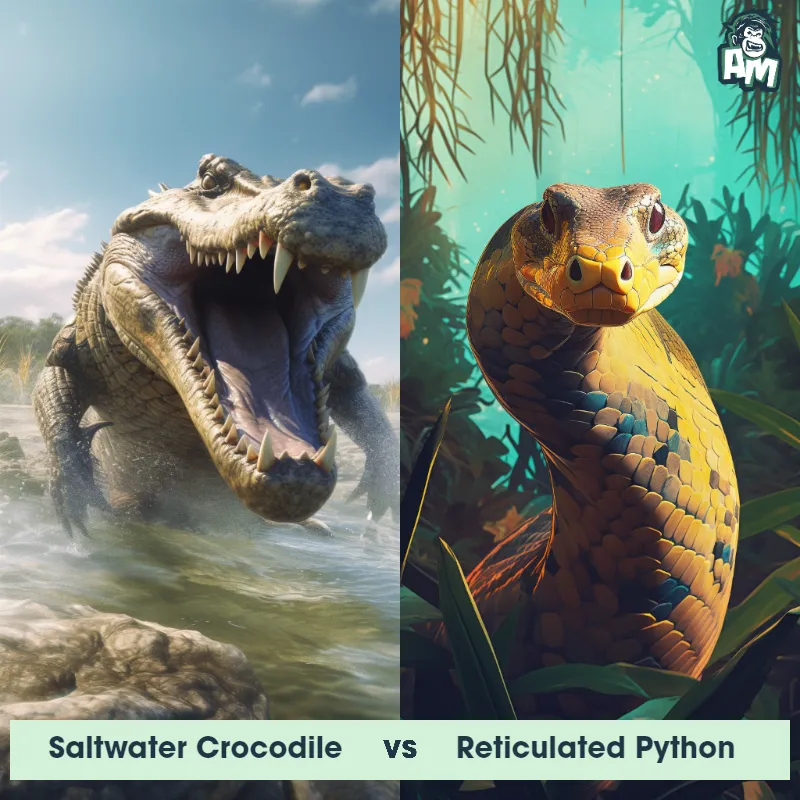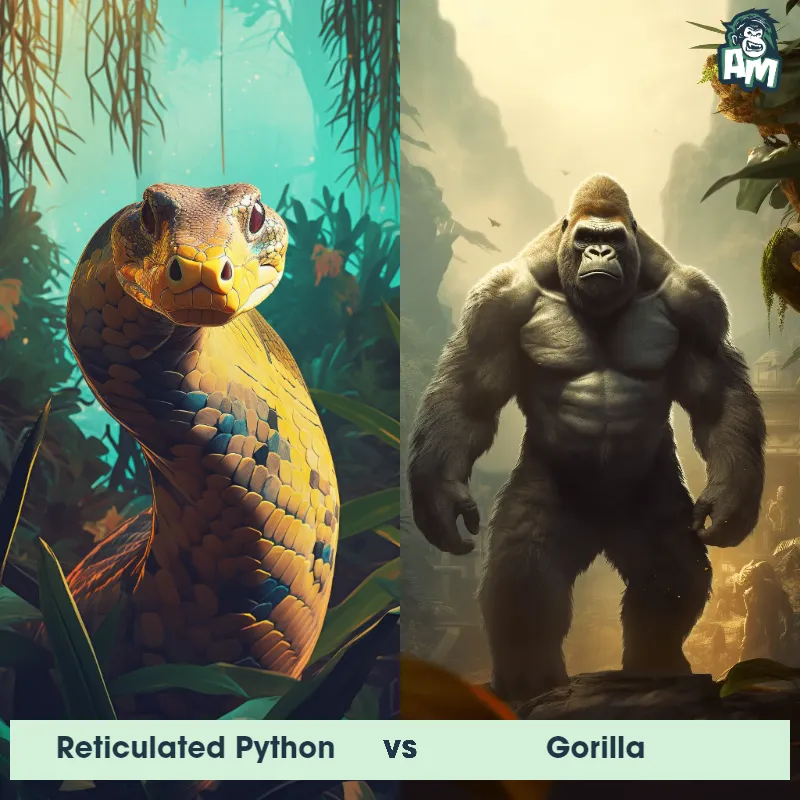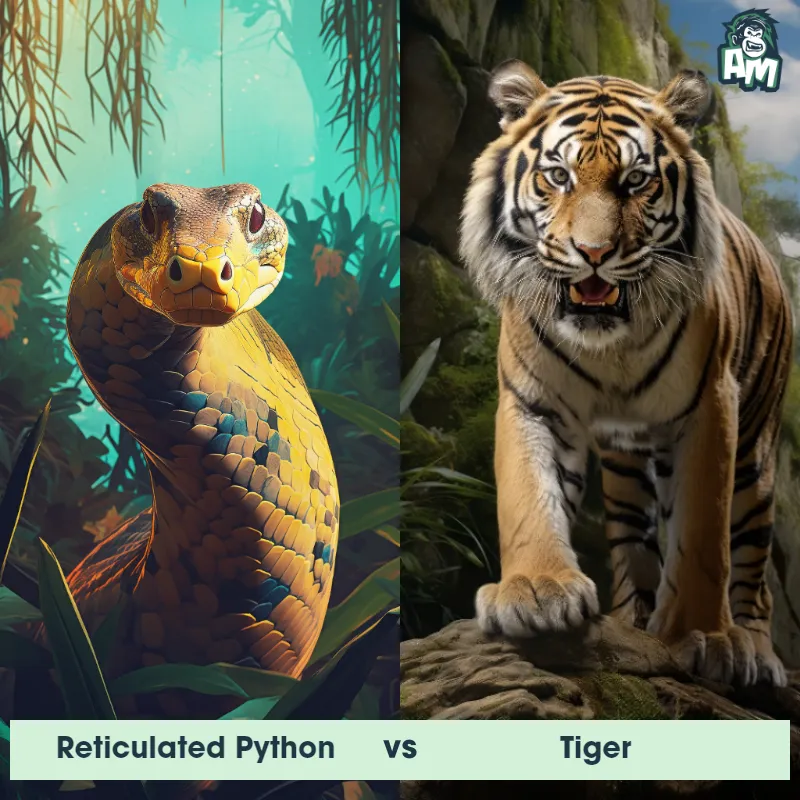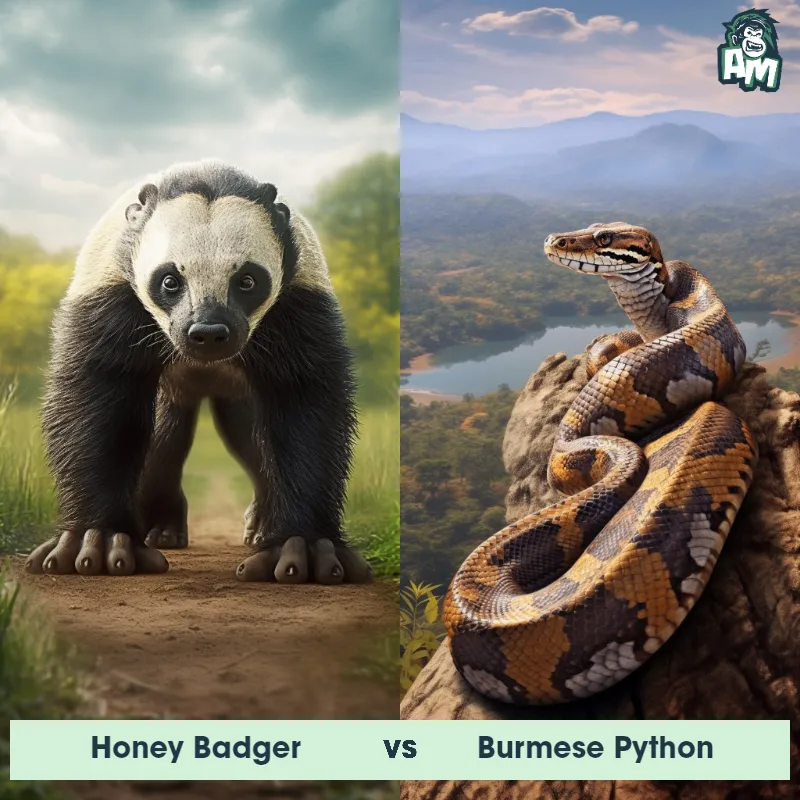Reticulated Python vs Ball PythonSee Who Wins

Ladies and gentlemen, welcome to this electrifying showdown here at the arena. We have an epic matchup for you tonight between two formidable opponents. In the red corner, weighing in at an impressive 200 pounds, we have the Reticulated Python. And in the blue corner, weighing in at a sleek 30 pounds, we have the Ball Python. There's no doubt that these competitors are ready to put on a show tonight. So, without further ado, let's dive right into this captivating battle!
Contender 1: Reticulated Python
The Reticulated Python, also known as the Python reticulatus, is a species of snake that is native to Southeast Asia. It is one of the largest snakes in the world, with some individuals reaching lengths of over 30 feet. The snake has a distinctive pattern of diamond-shaped scales that are colored in shades of brown and black. It is a non-venomous constrictor that feeds on a variety of prey, including birds, mammals, and reptiles.
Fun Fact: Reticulated Pythons are excellent swimmers and can stay underwater for up to 30 minutes at a time.
Contender 2: Ball Python
The Ball Python, also known as the Royal Python, is a non-venomous snake native to Sub-Saharan Africa. These snakes are named "ball" pythons because they have a habit of curling up into a tight ball when they feel threatened or defensive. They have a smooth and shiny appearance, with a varying array of colors and patterns, including various shades of browns, blacks, and whites. Ball pythons have a unique heat-sensing ability due to specialized pits in their faces, which helps them locate and capture prey. They are known for their docile and calm nature, making them popular pets among snake enthusiasts.
![[object Object] Gif](https://tenor.com/view/yawn-snake-slither-hiss-animal-gif-17279037.gif)
Fun Fact: Ball pythons are known for their ability to go for long periods without food. In the wild, during the dry season, they can survive for up to six months without eating by conserving their energy and slowing down their metabolism.
Matchup Stats
| Reticulated Python | Ball Python | |
|---|---|---|
| Size | Up to 30 feet (9.1 meters) | 4-6 feet (1.2-1.8 meters) |
| Weight | Up to 350 pounds (159 kilograms) | 3-5 pounds (1.4-2.3 kilograms) |
| Speed | Speed: 5 mph (8 km/hr) | 1mph (1.6km/h) |
| Key Strength | Constriction | Constriction and agility |
| Biggest Weakness | Vulnerable to attacks from multiple predators | Lack of venom or defensive weaponry |
Current Votes
Reticulated Python vs Ball Python
See Who Wins
View More Matches
Looking For More?
Similar Matches
Scientific Stats
| Reticulated Python | Ball Python | |
|---|---|---|
| Scientific Name | Python reticulatus | Python regius |
| Family | Pythonidae | Pythonidae |
| Habitat | Forests, grasslands, and swamps | Terrestrial |
| Geography | Southeast Asia | Sub-Saharan Africa |
| Diet | Birds, mammals, and reptiles | Small mammals, birds, and reptiles |
| Lifespan | 20 years - 30 years | 15 years - 30 years |
Key Differences between Reticulated Python and Ball Python
- Pattern: Reticulated Pythons have distinct, intricate patterns of bold, diamond-shaped markings that run the length of their body, while Ball Pythons display a more subdued pattern of irregular dark blotches or "balls" on a lighter background.
- Coloration: Reticulated Pythons have a wider range of color variations, including vibrant yellows, oranges, and browns, often with a black pattern, while Ball Pythons can occur in a variety of earthy tones, such as brown, black, and tan.
- Scale arrangement: Reticulated Pythons have a higher number of dorsal scales running along their back, giving them a smoother appearance, while Ball Pythons have fewer dorsal scales, which results in a slightly rougher texture.
- Size: The Reticulated Python (Python reticulatus) is generally much larger than the Ball Python (Python regius), with adults reaching lengths of up to 30 feet, while Ball Pythons are typically 3-5 feet long.
- Head shape: Reticulated Pythons have a more elongated and triangular-shaped head compared to the Ball Python, which has a relatively shorter and more rounded head.
- Tail characteristics: The tail of a Reticulated Python tapers gradually to a more slender point, whereas the Ball Python has a relatively thicker and shorter tail that appears more blunt.



